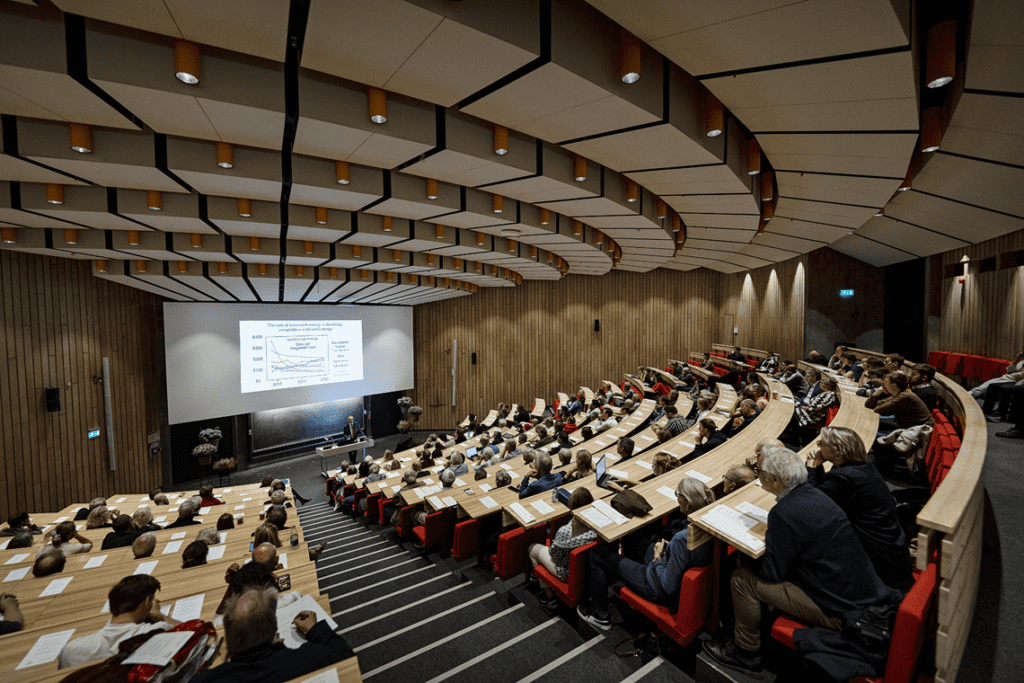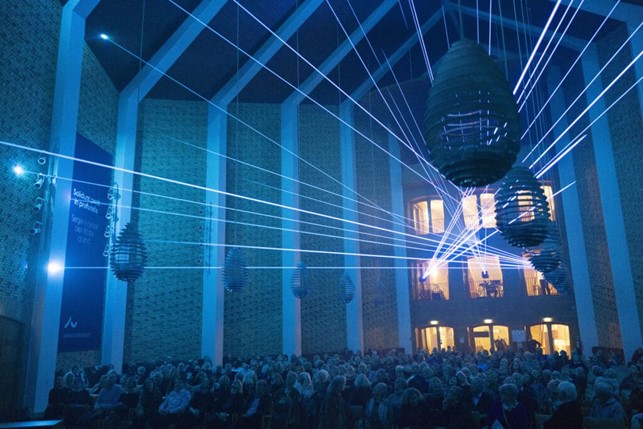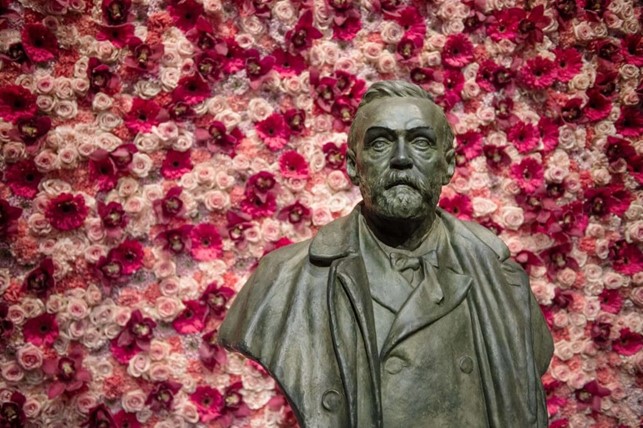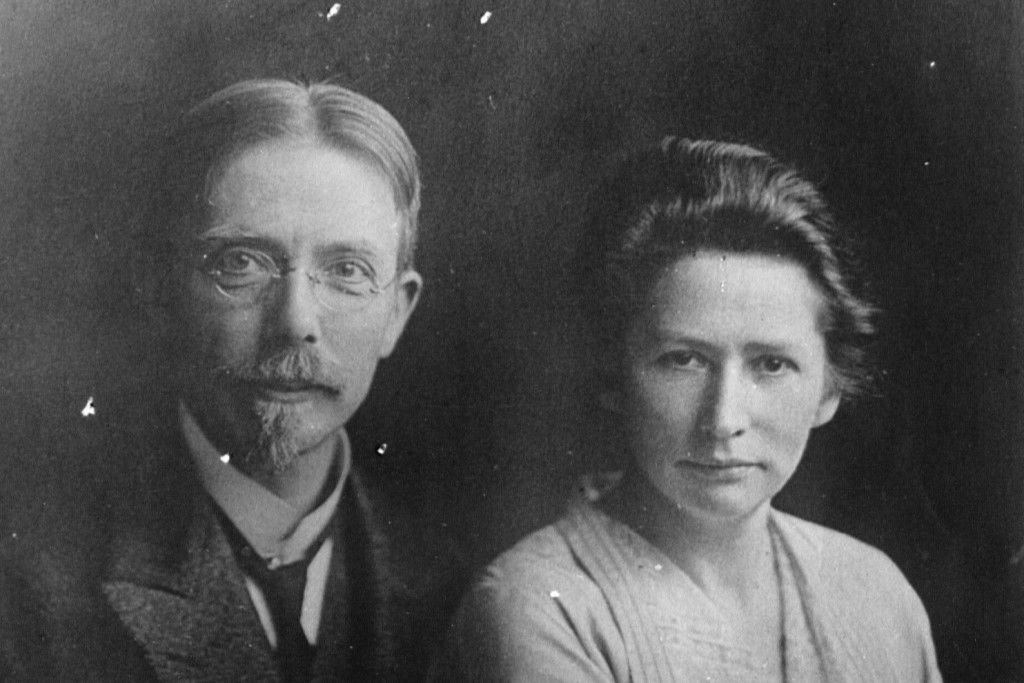Nobel laureate lectures 2022
Nobel laureate proposes solutions to the climate crisis

For the 21st time since 2011 the Royal Academy jointly with Novo Nordisk Foundation arranged a visit by an internationally renowned researcher to Denmark.
By Kristoffer Frøkjær
The man who took the floor in the spacious semi-circular auditorium in Mærsk Tower at Panum seemed small from a distance. Yet his academic stature and scientific outlook captivated the audience in a lecture outlining solutions to what is arguably the biggest issues of our times: How to solve the climate crisis.
After a warm welcome from Secretary-General of the Royal Danish Academy Thomas Sinkjær and former President Mogens Høgh Jensen, Steven Chu, formerly U.S. Secretary of Energy under the Obama administration and currently a professor at Stanford University, launched into his talk, starting by addressing one of the biggest conundrums of the climate crisis: energy consumption.
– “Wind and solar power are the cheapest forms of energy today – less expensive than oil. But enormous battery power and a 90% reduction in battery prices are needed for these types of energy to be usable and to cover our consumption in the future”, explained Chu.
– “Fortunately, Chu continued, we have the scientific means of creating better and cheaper batteries, in fact they are in the pipeline; he sees equally great potential in biofuels such as ethanol and plant oil”.
However energy is not the whole story.
The fourth agricultural revolution
Over 9500 years ago the climate became more stable, meaning that humans in vast swathes of the planet were suddenly able to settle in one place and cultivate the land. This led to a significant increase in the Earth’s population.
The 18th century saw the second agricultural revolution, which was more political in nature. It now became possible to own land, paving the way for enormous population growth throughout the 19th century. This increase was so huge that it put pressure on agriculture, which had difficulty keeping pace and producing enough food. One particular problem in the mid-19th century was fertilisation. Potassium nitrate, which was needed for plants to grow, was imported from South America in the form of guano. Scientists foresaw however that this would become a limiting factor in the future. Luckily a method of manufacturing potassium nitrate artificially was invented, ushering in the third agricultural revolution, which in turn formed the basis for further population growth.
Today the Earth’s population is approximately eight billion. Once again we find ourselves at a juncture where we need science to bring about a revolution in agriculture:
– “We need to tackle four areas, explains Professor Chu. First we need to increase our agricultural yield without the use of fossil-based fertilisers and pesticides. Second we must ensure that we put the amount of carbon back in the soil that we take from what it yields”.
The third area is about creating substitutes for milk and meat.
– “And this work is already underway”, he says.
To conclude, he explains that we must create plants that are far more drought-resistant than today.
– “In Europe genetically modified plants are treated with somewhat greater caution than in other places in the world. In Bangladesh, for example, over 20,000 farmers each year cultivate an aubergine plant that has an implanted bacterial gene causing insects, which would otherwise eat most of the crop, to have an aversion to the plant. The result is a much higher yield, and this is where the future lies”, concludes Chu.
The lecture ended in enthusiastic applause and a reception in the lobby.
The Nobel Laureate Lectures are financed by Novo Nordisk Foundation. Read more about the lecture on 19 September 2022.
NB: The lecture can be streamed from the Royal Academy’s YouTube channel about one week after being presented.


